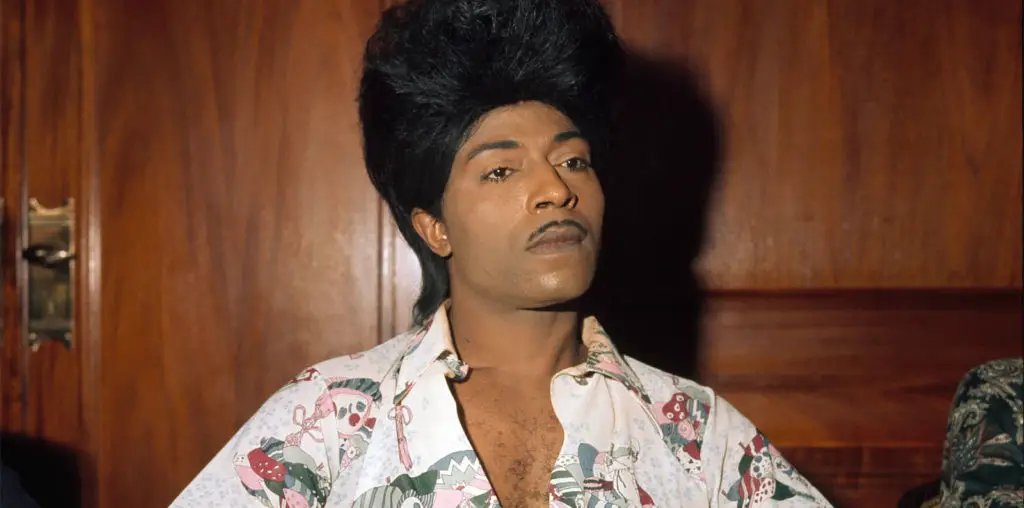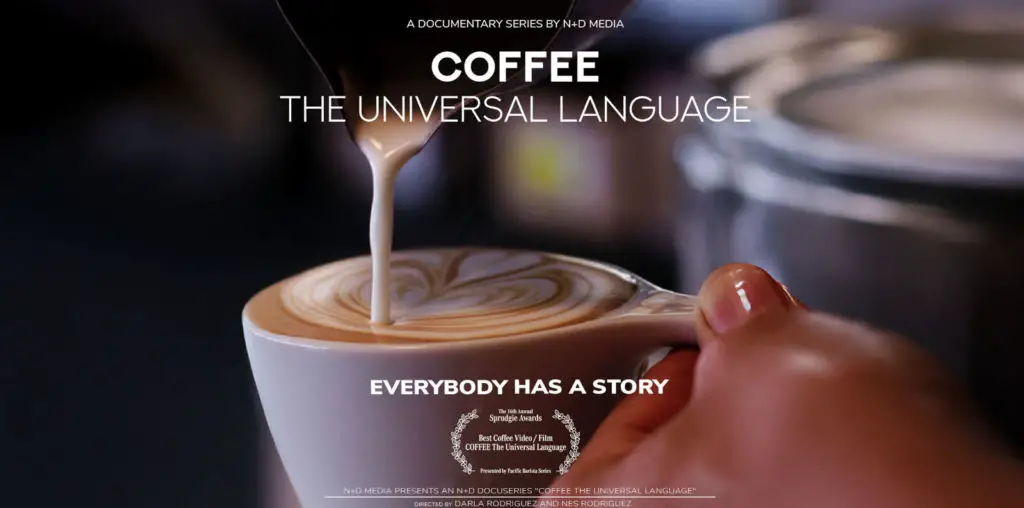
BOOTLEG FILES 144: “Ladies and Gentlemen, The Fabulous Stains” (1981 girl rockers flick with a very young Diane Lane).
LAST SEEN: Reportedly in a midnight screening at Los Angeles’ NuArt Theater on November 18, 2005.
AMERICAN HOME VIDEO: None.
REASON FOR DISAPPEARANCE: Probably because of music clearance issues.
CHANCES OF SEEING A DVD RELEASE: Maybe some day, but not in the immediate future.
For the longest time, I’ve put off watching “Ladies and Gentlemen, The Fabulous Stains” because of its title. I mean, really – the Fabulous Stains? The original title for this flick was “All Washed Up,” which was probably jettisoned due to its pessimistic ring. But is “Ladies and Gentlemen, The Fabulous Stains” something that will roll in audiences (let alone fit on a marquee)?
In any event, this 1981 endeavor is supposedly one of the most popular underground cult movies thanks to years of bootleg videos circulating it about. This situation is fueled by Paramount Pictures’ love-hate relationship with the production (it is actually more hate than love, but we’ll get there in a minute).
The film takes place in an economically depressed corner of Pennsylvania (played by British Columbia – it was cheaper to shoot the film there). Corrine is a rebellious teen whose mother died from lung cancer. Corinne, however, is uncommonly gorgeous – thanks to having a 15-year-old Diane Lane play that part – and she realizes she is destined for rock music stardom. Taking her passive sister (Marin Kanter) and an equally manipulated cousin (Laura Dern), these girls pack a big trunk and get themselves a place on a tour bus that is home to a broken down metal band who share the stage with a British punk quartet. The Brits may look familiar to serious music addicts, as Paul Cook and Steve Jones of the Sex Pistols and Paul Simonon of the Clash work the instruments while Ray Winstone of “Quadrophenia” fame is the lead singer.
Corrine and her band (The Stains – the origin of the name is not explained) don’t have much going in the way of talent (critic Gary Morris noted their musical resemblance to the brilliantly inept girl group The Shaggs). But they stumble on a great gimmick: Corinne dyes her hair black and white, creating a skunk effect, and she wears bright red lightning bolt eye make-up and very skimpy clothing. On stage (and, then off stage), she takes on a hostile attitude capped with the mantra “I don’t put out.” The other Stains follow Corrine’s style. It doesn’t make them better musical artists, but it gets the attention of a wily TV reporter who convinces local girls to follow the Stains’ look.
Almost overnight, The Stains create a sensation. This is actually a little odd, since they are not signed to any label and all of this takes place within a couple of towns in the middle of Pennsylvania’s wasteland during the course of a week.
The lead singer of the British punk rockers takes a shine to Corinne, and even takes a shower with her. This is actually one of the ickiest moments in movies – although Diane Lane is breathtakingly beautiful, she is still 15 years old in this film and watching her in an erotic shower sequence (complete with brief glimpses of a bare backside and her right tit) is not exactly classy.
However, things get nasty when Corinne steals the punk rockers’ best songs for their act. The Brits get even by denouncing The Stains before their new fans. Almost overnight, The Stains go from pre-fab heroes to unloved zeroes. Corinne learns her lesson, apologized for her bad behavior, and parts ways with the punk group.
But then, in a totally irrelevant ending, The Stains almost immediately rebound to A-list music stardom. The skunk/skank look is replaced by 1981 chic as The Stains star in a dumb music video that features sight gags and muggins that looks like The Go-Gos imitating The Monkees. Their music isn’t much better, but the girls look good enough to take home to mother (or at least to take to a weekend resort).
“Ladies and Gentlemen, The Fabulous Stains” is not, by any definition, a great film. I can’t even bring myself to say it is a good movie. Its view of the music industry, media manipulation, and human relations is borderline infantile. At no point in the course of the movie is there a single moment that feels as if it corresponds with anything that occurs in real life; there are Daffy Duck cartoons with a greater anchor in reality than this one.
But what it does offer is a great guilty pleasure diversion. As I will state for the third time, Diane Lane is an incredible physical presence and it is mind-boggling to realize her youth when this was shot (she has more on-screen maturity in this 15-year-old incarnation than she possesses in many of her current chick-flick offerings).
And there is also a phenomenal performance by Fee Waybill, formerly of The Tubes, who made his acting debut here. Waybill plays the lead singer in the over-the-hill metal band and he is extraordinary as this utterly awful but totally fascinating would-be rocker who is lost to the delusion that he is a star. He has a big scene where he discovers a bandmate is dead from a drug overdose and he brings a stunning sense of power to the moment. Had the film been in commercial release with proper studio support, he could’ve easily received a Best Supporting Actor Oscar nomination.
So what happened? Paramount did a test screening in Denver that reportedly flopped so strongly that the studio opted to shelve the film. However, this was not a low-budget movie and eventually word of Paramount’s expensive turkey began to spread (around that time, Paramount also shelved Samuel Fuller’s “White Dog”). In 1985, the studio did an abrupt 180 and began to release the film in a platform distribution via art house cinemas. It played at New York’s prestigious Film Forum, which was a vindication of sorts. In 1986 and for the next five years, the film began to turn up on cable TV networks. The film’s last known TV broadcast was on VH-1 in 2001, and it has occasionally played in retro cinemas and festivals over the years.
But to date, Paramount never put the film out on commercial home video. The most likely reason may have to do with music clearance rights, which was always a thorny problem with the movie. The closing credits list the soundtrack being available, but no album was ever released.
“Ladies and Gentlemen, The Fabulous Stains” also holds the distinction of killing one career and starting another. The dead career belonged to Lou Adler, the film’s director. A music industry powerhouse, Adler previously directed Cheech and Chong in “Up in Smoke” (he was the executive producer of “The Rocky Horror Picture Show”). But the success of those movies did not protect him from the problems with this one – he never directed again.
But the film also brought Debbie Rochon into the movies (albeit in an unbilled role as a Stain fan). In a 2000 interview with Film Threat, the prolific actress recalled making this movie:
“It was amazing because it was a Paramount Pictures film and the budget was very high. It was a great experience because I spent three months on the set and really got to experience what making a movie was like. The food, the money and the positive attention was great for me at that time. I never interacted with Laura Dern, but Diane Lane was interesting. She was very much into the ‘lead actress’ thing but suffered a lot of independence issues with her mother being present all the time. She felt like she wanted to get away from her, but who doesn’t at that age?”
Perhaps that explains why this film continues to fascinate – the tale of teenagers going off on their own in search of music celebrity seems to flow from generation to generation. Unless Paramount ever puts this out on DVD, chances are teens in the future will want to soak up The Stains.
____________________________________________________________
IMPORTANT NOTICE: The unauthorized duplication and distribution of copyright-protected material is not widely appreciated by the entertainment industry, and on occasion law enforcement personnel help boost their arrest quotas by collaring cheery cinephiles engaged in such activities. So if you are going to copy and sell bootleg videos, a word to the wise: don’t get caught. The purchase and ownership of bootleg videos, however, is perfectly legal and we think that’s just peachy! This column was brought to you by Phil Hall, a contributing editor at Film Threat and the man who knows where to get the good stuff…on video, that is.
Discuss The Bootleg Files in Back Talk>>>

